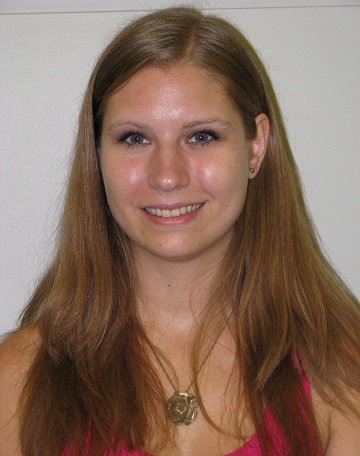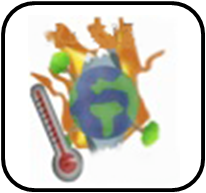2010-2011 Fellows
|
 |
Valerie Pasquarella Degree Sought : Ph.D. in Geography
Research Focus: Use of remote sensing and GIS data to quantify the urban-to-rural gradient, with a focus on classifying urban morphology and estimating carbon fluxes for buildings and vegetation
School Name : William H. Lincoln School
Teaching Partner: Suzanne Zobel
Valerie's Project GLACIER Site
|
Urbanized areas represent complex systems of human, natural and abiotic factors. The stocks, fluxes and transformations of mass and energy within urban centers and the surrounding areas has been termed “urban metabolism.” In order to quantify the current state and future sustainability of the city of Boston, this concept of urban metabolism is being used as a framework to measure and model interactions between humans, plants, physical processes, urban infrastructure and terrestrial ecosystems. My research aims to classify urban land cover types (i.e. trees, grass, buildings, paved surfaces) using a combination of high-resolution optical and LIDAR remote sensing imagery. The resulting thematic maps will be integrated with GIS and survey data to produce measures of “urbanness” and model carbon exchange along the urban-to-rural gradient. |
Example of how my research is integrated into my GK-12 experience: I have been able to integrate many of the imaging and visualization technologies I use in my own research into the lessons and activities I design for my GK-12 classroom. I’ve often had students use the imagery and data layers available in GoogleEarth to visualize large-scale features and processes, as well as to gain background information on places of interest. For example, during the unit on topographic mapping, students accessed USGS contour maps in GoogleEarth. Draping the 2D map over 3D terrain and allowing students to “fly through” the virtual environment helped establish a stronger connection between flat contour maps and their real world analogs. |
|


 Sponsored by the NSF GK-12 Program
Sponsored by the NSF GK-12 Program





 Sponsored by the NSF GK-12 Program
Sponsored by the NSF GK-12 Program


